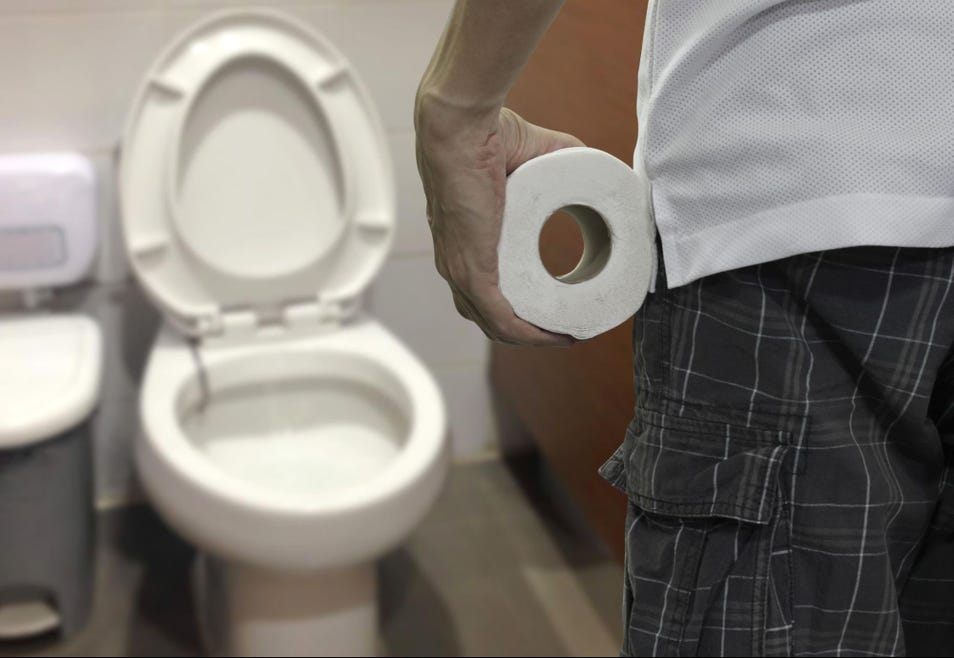How to Get Rid of a Toilet Bowl Ring

Toilet bowl rings can be a pesky problem, but fear not! With the right techniques and preventative measures, you can keep your toilet sparkling clean. In this guide, we'll delve into various methods to remove stubborn toilet bowl rings and explore preventative measures to keep them at bay.
1. Understanding Toilet Bowl Rings
What Causes Toilet Bowl Rings?
Toilet bowl rings are primarily caused by hard water deposits, bacteria, and mold. Understanding the root cause helps in choosing the appropriate cleaning method.
Types of Toilet Bowl Rings
Identifying the type of ring is crucial for effective cleaning:
Pink Rings: Caused by bacteria.
Dark/Black Rings: Result from hard water and mineral deposits.
Yellow Rings: Indicate mold and mildew, often found in warmer climates or older toilets.
2. Methods to Remove Toilet Bowl Rings
Baking Soda and Vinegar
Flush the toilet.
Sprinkle baking soda into the bowl.
Pour vinegar and mix with a toilet brush.
Scrub and flush.
Pumice Stone
Soften the pumice stone in water.
Gently scrub the ring.
Flush intermittently to monitor progress.
Abrasive Sponge
Drain some water from the tank.
Scrub the ring with an abrasive sponge.
Utilize vinegar spray for stubborn stains.
Steel Wool
Empty water to expose the water line.
Scrub stains lightly with steel wool.
Flush after cleaning.
Bleach
Pour liquid bleach into the bowl.
Scrub and let it sit.
Flush and repeat if necessary.
Vinegar and Borax
Sprinkle borax into the water.
Add vinegar and scrub.
Flush for a clean finish.
Alka Seltzer
Drop Alka Seltzer tablets into the bowl.
Let them sit and flush.
Denture Cleaning Tablets
Drop tablets into the bowl.
Allow them to dissolve and scrub.
Hydrogen Peroxide
Pour hydrogen peroxide into the bowl.
Let it sit and scrub before flushing.
Chlorine Tablets
Drop a tablet into the tank.
Scrub and allow it to dissolve.
3. Preventative Measures
Pre-Trip Cleaning
Add bleach or vinegar to the bowl before leaving.
Regular Cleaning Schedule
Clean toilets at least twice per week.
Flush Unused Bathrooms
Flush toilets in infrequently used bathrooms periodically.
Leave a Chlorine Tablet
Consider leaving a tablet in the tank for continuous cleaning.
Conclusion
Toilet bowl rings may seem daunting, but armed with the right knowledge and techniques, you can tackle them effectively. Remember to identify the type of ring and choose the appropriate cleaning method. Additionally, incorporating preventative measures can help maintain a sparkling clean toilet.
FAQs
Q1: Can I use bleach to remove toilet bowl rings?
Yes, bleach can effectively remove rings caused by mold or mildew. However, ensure proper ventilation and avoid using bleach with a septic system.
Q2: Are pumice stones safe for toilet bowls?
Pumice stones are safe for most toilet bowls, but be cautious not to apply excessive pressure, which could scratch the porcelain.
Q3: How often should I clean my toilet to prevent rings?
Cleaning your toilet at least twice per week can help prevent the formation of rings and maintain cleanliness.
Q4: Can I use vinegar and baking soda together?
Yes, combining vinegar and baking soda creates a potent cleaning solution that effectively removes stubborn stains, including toilet bowl rings.
Q5: Are there eco-friendly methods to remove toilet bowl rings?
Yes, methods like vinegar and baking soda, as well as hydrogen peroxide, offer eco-friendly alternatives for removing toilet bowl rings.
By following these tips and methods, you can bid farewell to stubborn toilet bowl rings and enjoy a cleaner, fresher bathroom experience.
.png?width=70&height=88&format=png&quality=50)